How to Know When Sweet Potatoes Are Ready to Harvest
Introduction
Sweet potatoes are a rewarding crop for gardeners, offering both beauty and delicious, nutrient-packed tubers. But one of the most common questions that arise is, how do you know when sweet potatoes are ready to harvest? Unlike some vegetables with clear signals, sweet potatoes can be a bit trickier to judge. Knowing when to harvest is essential to ensure the roots reach full size and sweetness, maximizing their taste and nutritional value.
In this guide, we’ll explore the signs that sweet potatoes are ready to be harvested, share expert tips on care during the growing season, and discuss what to do after harvesting to keep them fresh. We’ll also introduce other helpful gardening techniques that can aid in producing a plentiful harvest.
Understanding the Sweet Potato Growing Season
Sweet potatoes are a warm-season crop, thriving in hot weather with lots of sun and adequate water. From planting to harvest, they require between 90 and 170 days, depending on the variety and climate. Understanding your region’s growing season and the specific needs of sweet potatoes will help you get the best results.
For gardeners growing sweet potatoes in raised beds or pots, it’s important to ensure they have adequate depth and space to support healthy root development. Planting sweet potatoes in raised bed vegetable gardening for beginners can be especially helpful if your soil is heavy or clay-like, as raised beds promote better drainage and warmth for the tubers.

Key Signs to Know When Sweet Potatoes Are Ready to Harvest
1. Days to Maturity
Most sweet potato varieties have a set number of days to maturity listed on their seed packets, typically between 90 and 170 days. By keeping track of the days since planting, you can get a general idea of when your sweet potatoes might be ready. Start checking for readiness around the lower end of the maturity range, especially if you’re growing in a warmer climate.
2. Yellowing of Leaves
One of the most reliable indicators that sweet potatoes are nearing harvest time is the yellowing of the plant’s leaves. When the leaves at the base of the plant begin to turn yellow, it’s often a sign that the roots are reaching full maturity. If the yellowing is widespread, your sweet potatoes are likely ready for harvest.
If you’re interested in how seasonal changes affect other plants, you may want to read about what temperature will kill pansies, as it provides insights on how cold-sensitive crops react to cooler temperatures.
3. Check for First Frost Dates
Sweet potatoes are sensitive to frost. If you live in a region with cold winters, it’s important to harvest the tubers before the first frost hits, as frost can damage both the vines and the roots. A light frost can kill the vines, and if the roots are exposed to freezing temperatures, they can become inedible. As the fall season approaches, keep an eye on local frost forecasts to ensure you don’t leave the harvest too late.
4. Test-Digging
If you’re still unsure if your sweet potatoes are ready, you can carefully dig up one or two tubers to check their size and maturity. This method, known as test-digging, allows you to gauge how much longer you might need to wait. Use a garden fork to gently lift the soil around the plant to avoid damaging the tubers. After inspecting a few tubers, you can decide whether to wait a bit longer or harvest the entire crop.
How to Harvest Sweet Potatoes
Once you know your sweet potatoes are ready, it’s important to harvest them carefully to avoid damaging the tubers. Follow these steps to ensure a successful harvest:
- Water the Day Before Harvest: Watering the plants a day before harvest helps loosen the soil and makes it easier to dig up the roots without breaking them.
- Use a Garden Fork: Start digging a few inches away from the main stem to avoid piercing the tubers. Insert a garden fork or shovel into the soil, gently lifting to loosen it.
- Lift and Inspect: As you lift the soil, carefully pull out the tubers and brush off excess soil. Avoid washing them at this stage to prevent moisture retention, which can lead to rot.
For more detailed guidance on caring for various plants during harvest, see our article on how to harvest and store onions for tips that can apply to other root vegetables as well.
Curing Sweet Potatoes
Curing sweet potatoes is essential to maximize their sweetness and extend their shelf life. Once harvested, place the tubers in a warm, humid space (around 85°F with 85% humidity) for about 7-10 days. This curing process allows the starches to convert into sugars, enhancing the flavor.
After curing, store the sweet potatoes in a cool, dark place. Ideal storage conditions are around 55°F and low humidity. Properly cured and stored sweet potatoes can last for several months, providing you with fresh produce well into winter.
How to Store Sweet Potatoes
Storing sweet potatoes properly ensures they stay fresh for months after harvest. Once cured, place sweet potatoes in a cool, dark, and well-ventilated area, ideally around 55°F. Avoid storing them in the refrigerator, as the cold can alter their flavor and make the flesh hard. A basement, cellar, or pantry works well for storage, provided it is away from direct sunlight. Place sweet potatoes in a single layer or in a breathable container, like a cardboard box or wooden crate, to allow air circulation and prevent rot. With these methods, your sweet potatoes can stay delicious and nutritious for up to six months, letting you enjoy your homegrown crop through the winter.
Companion Plants for Sweet Potatoes
Pairing sweet potatoes with compatible plants can promote healthier growth and deter pests. Here are a few options to consider:
- Cauliflower Companion Plants: Cauliflower and sweet potatoes grow well together and benefit from similar soil conditions. These plants can enhance each other’s growth without competing for resources.
- Beans and Peas: Legumes like beans and peas fix nitrogen in the soil, providing a natural nutrient boost that sweet potatoes can benefit from during their growing season.
For gardeners who want to explore companion planting further, our article on cauliflower companion plants includes ideas that work well with sweet potatoes too.
Preventing Common Sweet Potato Pests and Diseases

Learning how to know when sweet potatoes are ready to harvest also involves understanding pest and disease prevention to ensure a healthy crop. Sweet potatoes are generally hardy, but they can still be affected by common pests like sweet potato weevils, root-knot nematodes, and aphids. Regularly checking the plants and applying organic treatments can help you keep pests at bay. Here are a few pest management tips:
- Use Natural Pesticides: Neem oil and insecticidal soaps can deter pests without harming beneficial insects.
- Rotate Crops: To avoid pest buildup, practice crop rotation, especially if you grow sweet potatoes in the same soil annually.
For additional guidance on pest management, read our comprehensive guide on common garden pests to help protect your plants throughout the season.
Knowing When to Dig Up Sweet Potatoes in Different Climates
Your region’s climate affects sweet potato harvesting timelines. Here’s what to consider for different climates:
- Warm Climates: In regions with long growing seasons, like USDA Zones 8-11, sweet potatoes can remain in the ground longer, allowing for larger tubers. However, don’t leave them too late in areas with summer rains, as excess moisture can lead to rot.
- Cooler Climates: In cooler climates, especially USDA Zones 3-7, it’s essential to keep track of the first frost date. Gardeners in these areas may also want to use raised beds or row covers to protect the plants and extend the growing season slightly.
Sweet Potato Growing Season by Region
Knowing the right season to plant sweet potatoes based on your region helps ensure a healthy, abundant harvest. Here’s a guide to the growing season across different regions:
- Southern United States (e.g., Texas, Florida, Georgia):
- Planting Season: Early spring (March-April)
- Harvest: Mid to late summer (July-September)
- Notes: Long, warm seasons allow sweet potatoes to thrive. Harvest before heavy rains to avoid rot.
- Southwestern United States (e.g., Arizona, New Mexico):
- Planting Season: Early spring (March-April)
- Harvest: Summer to early fall (August-September)
- Notes: These hot, dry regions suit sweet potatoes well. Regular watering and mulch to retain moisture are key.
- Midwestern United States (e.g., Illinois, Ohio):
- Planting Season: Mid-spring (April-May)
- Harvest: Late summer to early fall (August-October)
- Notes: Use raised beds or black plastic to keep soil warm, especially in cooler parts of the Midwest.
- Northeastern United States (e.g., New York, Pennsylvania):
- Planting Season: Late spring (May-June)
- Harvest: Early to mid-fall (September-October)
- Notes: Choose early-maturing varieties and consider row covers to help warm the soil for optimal growth.
- Pacific Northwest (e.g., Oregon, Washington):
- Planting Season: Late spring (May-June)
- Harvest: Early fall (September)
- Notes: Shorter summers and cooler nights make early-maturing varieties best. Raised beds with well-drained soil help improve yields.
- Mountain Regions (e.g., Colorado, Utah):
- Planting Season: Late spring to early summer (June)
- Harvest: Early fall (September)
- Notes: Consider using row covers or greenhouses to extend the growing season, as nights can get chilly, even in summer.
By adjusting planting and care to match your region’s specific conditions, you can optimize your sweet potato harvest and enjoy a bountiful yield.
Benefits of Growing Sweet Potatoes
In addition to their delicious taste, sweet potatoes are packed with nutrients, including fiber, vitamins A and C, and antioxidants. Growing sweet potatoes at home allows you to enjoy fresh, chemical-free tubers that are rich in flavor and beneficial to health.
Sweet potatoes are also an attractive addition to the garden with their heart-shaped leaves and sprawling vines, making them a dual-purpose crop that adds visual interest to your space. For those interested in cultivating more edibles, check out our guide on easy vegetables to grow in pots to expand your home garden with minimal effort.
Frequently Asked Questions
Do Sweet Potatoes Grow Back Every Year?
Sweet potatoes are generally grown as annuals, meaning you plant new tubers each year. However, in warm climates, sweet potatoes can act like perennials, especially if left in the ground over winter.
How Long Does It Take for Sweet Potatoes to Mature?
Depending on the variety, sweet potatoes take between 90 and 170 days to reach full maturity. Early-maturing varieties are ideal for regions with shorter growing seasons.
Can I Grow Sweet Potatoes in Containers?
Yes! Sweet potatoes can thrive in large containers as long as they have ample space and depth. Container gardening also allows for better control over soil quality, drainage, and pest management.
Conclusion
Knowing how to know when sweet potatoes are ready to harvest can make a big difference in the quality and quantity of your crop. By observing signs like yellowing leaves, monitoring maturity dates, and checking frost timelines, you can ensure your sweet potatoes are harvested at their peak. Additionally, taking the time to cure and store them properly will keep your harvest fresh for months.
Whether you’re growing sweet potatoes in garden beds or experimenting with raised bed vegetable gardening for beginners, these tips will guide you in maximizing your yield and enjoying homegrown sweet potatoes well beyond harvest season.
For further inspiration on managing your garden, check out our article on how to cut tulips so they regrow to keep your spring garden in full bloom. With the right techniques and patience, you can look forward to a bountiful garden year after year.


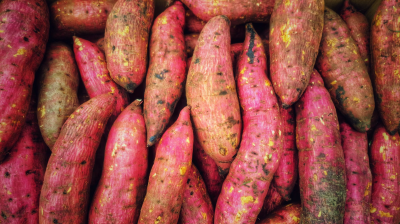
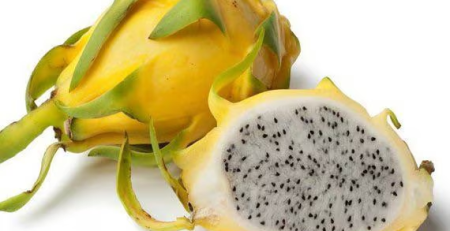

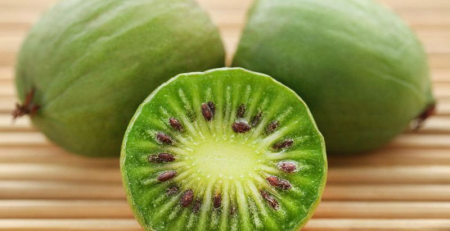
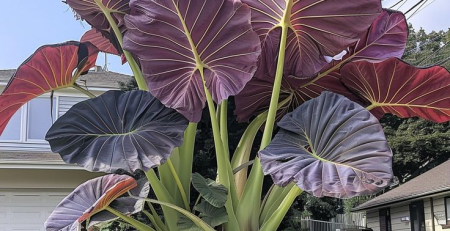
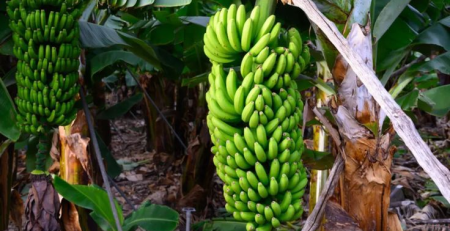
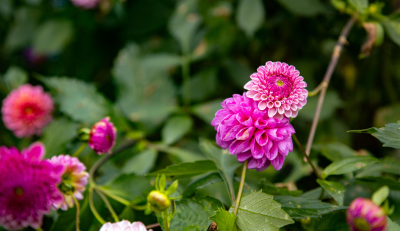
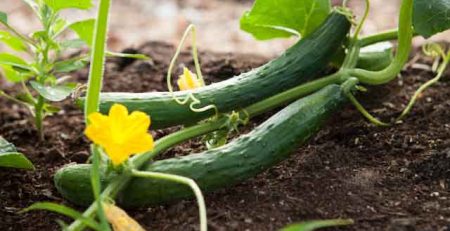
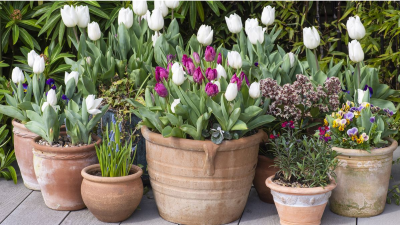
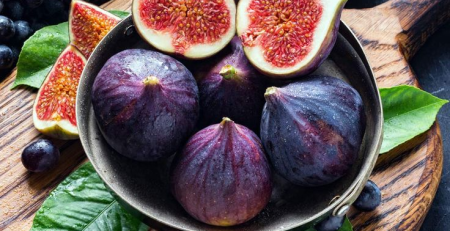
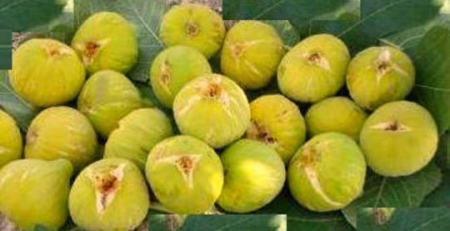
Leave a Reply